Call For Participation:
SHREC 2016 - Partial Matching of Deformable Shapes
Outline
Finding a correspondence between two shapes is a fundamental task in computer graphics and geometry processing with applications ranging from texture mapping to animation. A particularly challenging and widely studied setting is when shapes are allowed to undergo quasi-isometric deformations, as it happens when we consider articulated bodies in different poses. An even more interesting scenario is partial correspondence, where one is shown only a subset of the shape, and has to match it with a deformable version thereof. Partial correspondence problems arise in numerous applications that involve real data acquisition by 3D sensors, which inevitably leads to missing parts due to occlusions and partial views.
We propose a benchmark to evaluate the performance of algorithms for establishing correspondences between a full shape and its deformed versions, under the presence of different amounts and kinds of partiality.

Figure: some example shapes of the proposed datasets. The top row shows the canonical pose and three partial shapes of the cuts dataset. The bottom row contains four shapes of the holes dataset with different degrees of partiality.
Datasets
The algorithms will be evaluated on two datasets, named cuts and holes, exemplifying different kinds of partiality. The shapes span different classes and are based on the TOSCA high-resolution dataset.
In addition to the partial shapes we provide null shapes for each class, i.e. full shapes in a canonical pose. These will be used by participants to perform part-to-whole matching.
The ground-truth is also provided as a vertex-to-vertex correspondence between the partial shape and the full shape in canonical pose for a subset of all shapes.
Datasets and ground-truth can be downloaded from the Dataset tab.
Challenge
Participants are required to retrieve point-wise correspondences between each partial shape and the relative full shape in canonical pose. We accept both dense and sparse correspondences. Since the shapes in the data set carry bilateral intrinsic symmetries, symmetric solutions are accepted with no penalty.
Correspondences will be evaluated based on the normalized geodesic error of the given matching from the ground-truth sub-vertex correspondence. Different indices will be computed for the two datasets in order to analyze the performance of each method under different kinds of partiality (see Evaluation tab).
Procedural aspects
- The participants must register by sending an email to shrec2016@dais.unive.it.
- Participants can download the datasets from the Dataset tab.
- Participants are required to send to the track organizers the correspondence expressed as vertex-to-vertex matches between each partial shape and the relative full shape in the canonical pose, as specified in the Evaluation tab.
- The submitted correspondences will be used to compute the performance indices (see tab Evaluation).
Schedule
- January 08 - Call for participation
- January 12 - A subset of the dataset with ground-truth correspondences will be available for download
- January 19 - The whole dataset will be available for download together with the evaluation code
- February 25 - Participants are required to submit their results together with a one page description of their method(s)
- March 07 - Distribution of relevance judgments and evaluation scores
- March 15 - Submission of final report for review
- March 22 - All reviews due, feedback and notifications
- April 01 - Submission of camera-ready track papers
- May 07&08 - EG 3DOR Workshop, including SHREC'2016


